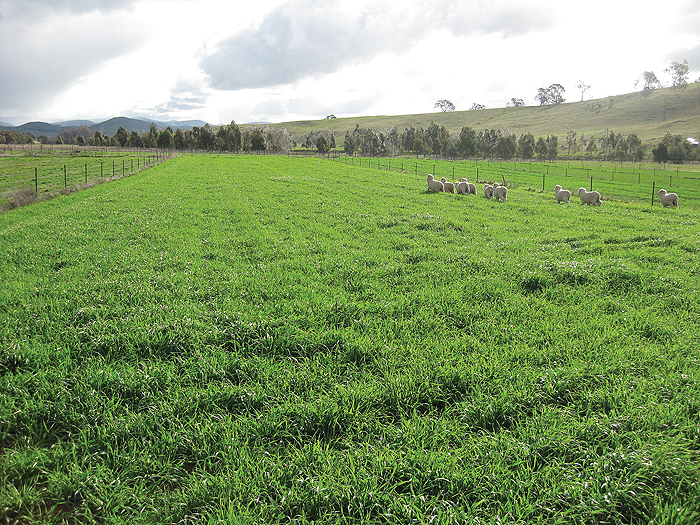Rules of Thumb for Grazing Cereals
If you are thinking about sowing wheat early for the purpose of grazing, definitely read this article from the GRDC
GRDC-funded research has developed a best management practice guide around early sown dual-purpose crops.
Dr Hugh Dove’s research has focused on best management practices to minimise the effects of grazing on wheat.
Key findings were:
- Timing of stock removal rather than stocking rate is the critical factor to ensure good recovery and yield
- Paddocks must be prepared well in advance of sowing to ensure maximum establishment of young plants
- Crops need to be sown early to capture the benefits of grazing
- Long-season or true winter types will be a more flexible fit into the dual-purpose system
Nitrogen should be applied at sowing to ensure good early plant growth and the build-up of a feedbank. Post-sowing nitrogen application should be left until after grazing and should not be applied just before grazing due to the the risk of high forage nitrate levels. High nitrate in forage can lead to nitrite toxicity in grazing livestock, especially under cool, cloudy conditions. Growers may safely apply 50 kilograms of nitrogen per hectare as urea immediately after grazing finishes to boost plant recovery.
Very low stocking rates about 10 dry sheep equivalents (DSE) per hectare give good liveweight gains because there is so much cereal forage. Although they are uneconomic because they do not make best use of it, he says. At a higher stocking rate from 15 to 20 DSE/ha patch grazing can develop, where stock overgraze cereals in patches while the rest of the crop continues to grow and becomes less preferred by stock.

Image: GRDC, Dr Hugh Dove
A CSIRO trial at Goulburn, NSW, from 2009 to 2011 found grazing dual-purpose wheat could deliver 2600 DSE grazing days/ha while delivering 6.4t/ha in yield at the end of the season. CSIRO and NSW Department of Primary Industries research indicates that gross margins for dual-purpose wheat at the paddock level are about $100/ha to $400/ha more than a grain-only enterprise.